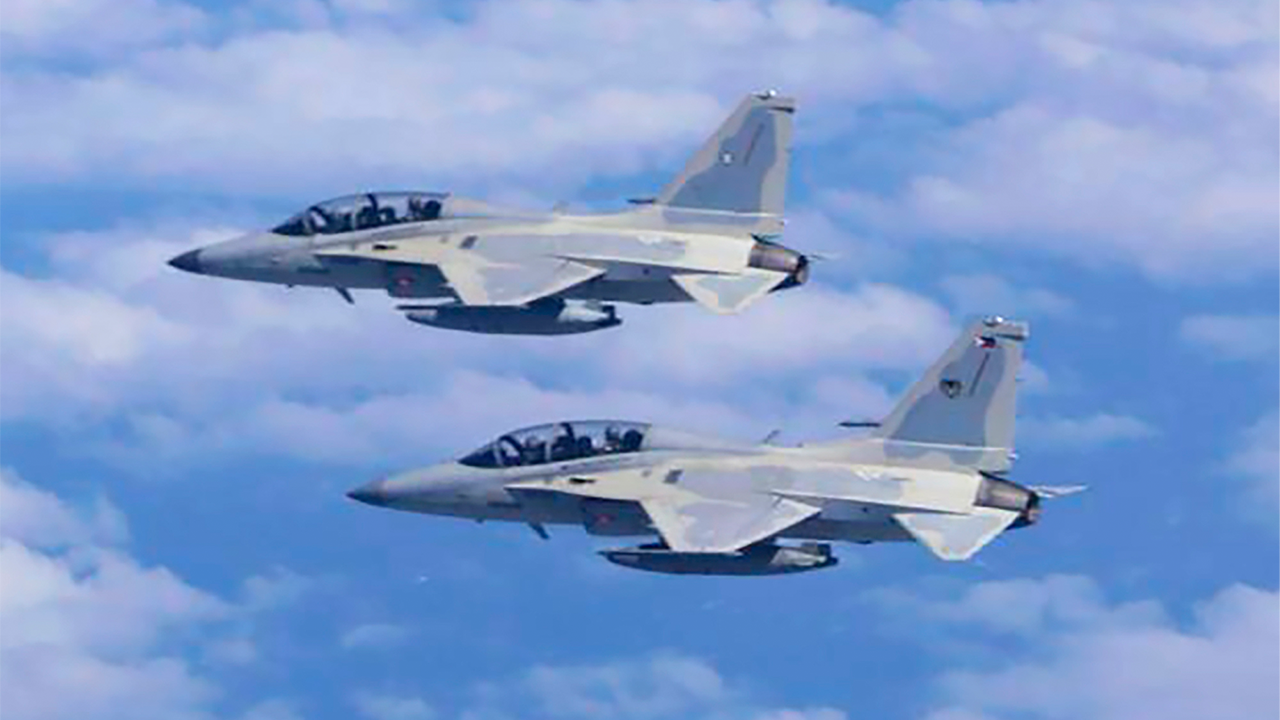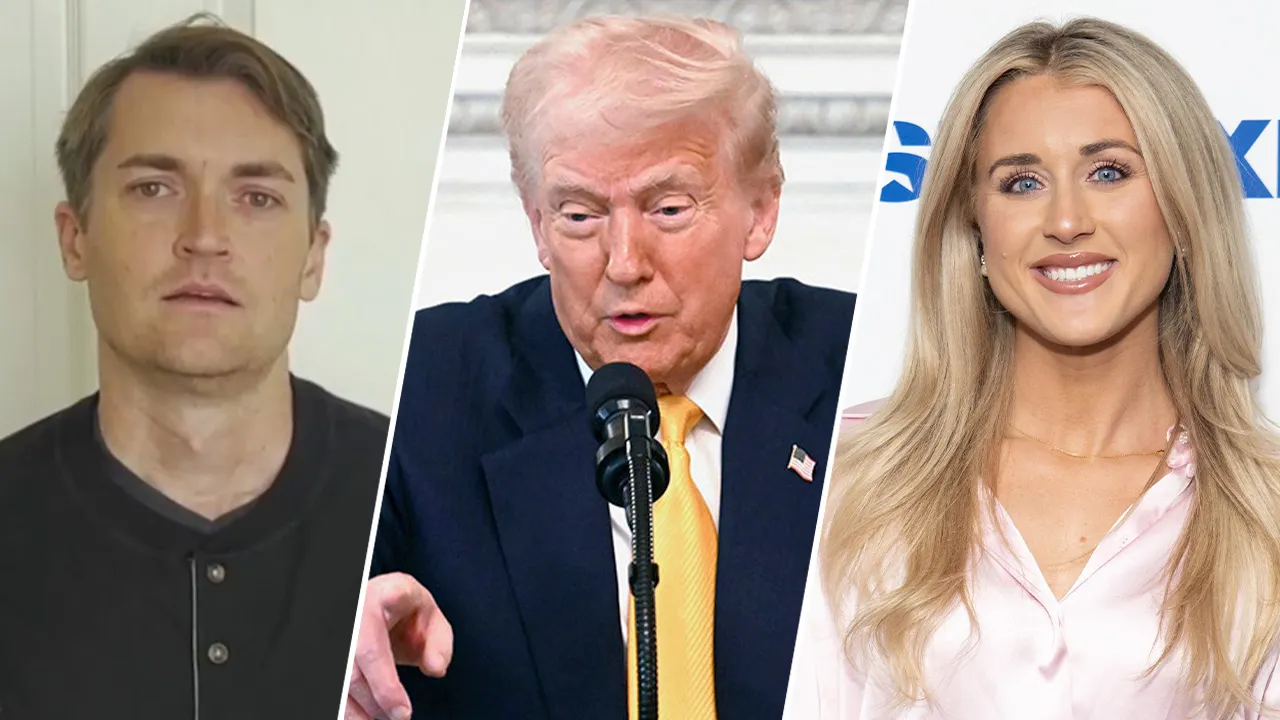The Joint Comprehensive Plan of Action (JCPOA) agreed in 2015 lays out the rules for monitoring Iran’s domestic nuclear programme and paved the way for US sanctions to be lifted. It was agreed by Iran, the five permanent members of the Council (China, France, Russia the United Kingdom and the United States) plus Germany together with the European Union.
The US left the deal in 2018 under former President Donald Trump. The Security Council laid out the lifting of sanctions in its 2015 resolution 2231.
UN Political Affairs chief Rosemary DiCarlo said the lack of any diplomatic movement was despite “repeated calls on all parties concerned to renew dialogue and engagement aimed at a return to the full and effective implementation of the Plan and resolution”.
Still ‘best option’
Nonetheless, she added, “the Secretary-General still considers that the JCPOA represents the best available option to ensure that the Iranian nuclear programme remains exclusively peaceful.”
She said it was essential for Iran to now reverse steps taken since the deal fell apart “that are not consistent with its nuclear related commitments under the Plan and which it has pledged are reversible.”
UN chief António Guterres has underscored that the US will also need to lift or waive its sanctions and extend waivers regarding the trade in oil with Iran, for the deal to resume.
Verification and monitoring of the JCPOA by the International Atomic Energy Agency (IAEA) has been “seriously affected by Iran’s cessation of its nuclear-related commitments under the JCPOA”, she said, quoting its latest report.
Uranium stockpile
“The Agency is still unable to verify the stockpile of enriched uranium in the country”, she added, saying that Iran maintains a stockpile of enriched uranium more than 20 times the limit set by the JCPOA.
Restrictive measures on missile activities and transfers by Iran expired on 18 October this year and numerous countries have reported alleged breaches of nuclear-related restrictions related to the JCPOA.
Ms. DiCarlo went through each case, including ballistic missile related provisions and the use of missiles and drones manufactured or manufactured in part by Iran, in Ukraine, by Russian forces.
She said examining a cruise missile used in a Houthi rebel attack in Yemen in November last year, “we observed numerous similarities relating to design, configuration, dimensions, manufacturers and part numbering between the debris seen in Yemen and previously examined components of cruise missiles used in prior Houthi attacks” on Saudi Arabia, the United Arab Emirates, as well as with cruise missile components seized by the US and the UK.
“The Secretariat assessed that the cruise missile used in the November 2022 attack was also of Iranian origin and may have been transferred in a manner inconsistent with resolution 2231.”
She cited other instances where missile parts appeared to be in breach of the resolution, and added that they had also received letters concerning drones allegedly transferred from Iran to Russia for use in Ukraine, although the ambassadors for the two nations “dismissed the evidence presented by the United States and Ukraine as ‘utterly fabricated’ and disputed any violation of resolution 2231.”
Hopes ‘greatly diminished’
Ms. DiCarlo said the adoption of the JCPOA “just over eight years ago was rightly and universally hailed as a historic breakthrough. Today, the hope the deal engendered has greatly diminished.”
She pledged the UN would “continue to urge the participants to exercise maximum restraint and to exhaust all available diplomatic avenues to restore the Plan. Indeed, the participants are responsible for its fate.”
She said its success or failure, “especially at this extremely dangerous juncture in global peace and security – matters to all of us.”
Iran nuclear deal: a summary
- What is the Iran nuclear deal? The 2015 “Joint Comprehensive Plan of Action” (JCPOA), sets out rules for monitoring Iran’s nuclear programme, and paves the way for the lifting of UN sanctions.
- Which countries are involved? Iran, the five members of the Security Council (China, France, Russia, UK, US), plus Germany, together with the European Union.
- What is the UN’s involvement? A UN Security Council resolution to ensure the enforcement of the JCPOA, and guarantee that the UN’s atomic energy agency, the IAEA, continues to have regular access to and more information on Iran’s nuclear programme, was adopted in 2015.
- Why is the deal at risk? The Trump Administration pulled out of the deal in 2018 and re-imposed sanctions. In July 2019, Iran reportedly breached its uranium stockpile limit, and announced its intention to continue enriching uranium, posing a more serious proliferation risk.





